Now that you know the importance of a referral program, it’s time to work on your own one. Unfortunately, the ready-made blueprint on developing it doesn’t exist as each company needs different approaches and tactics. However, the basic steps required to create a program from the ground up are more or less the same for all businesses. So, let’s step up to the core of referral marketing. Here is what needs to be done.
Step №1: Lay the foundation
If you want your referral program to turn into a sales funnel that brings you lots of qualified leads, lay the basis for it. Without a solid foundation, even a jaw-dropping budget won’t be of help.
Your product is first and foremost to attract leads. And it should be of high quality. Сustomers are more likely to recommend something if they’re in love with it. But if your product isn’t worth referring to, neither sky-high discounts nor any other incentives will persuade your existing client to open their mouth.
Customer trust matters as well as your product. And communication is the key. If you’ve never talked to your clients, there might be some hiccups along the way. When asking people for referrals, make sure they don’t just use your services but also trust you and respect you. To achieve that, listen to them carefully, respond to their comments, encourage communication in social media, set up surveys, polls and questionnaires. Do whatever it takes to show consumers that you care. More about how to ask customers for feedback – read in our article by the link.
Another thing to consider before starting the ball rolling on a refer-a-friend-program is your marketing goal. We get it – you want more sales. But aside from a high conversion rate, is there anything else on your bucket list?
Marketing goals may be as following:
- enhance your client loyalty;
- intensify brand awareness;
- become a market leader;
- increase brand engagement;
- and the list goes on and on.
With a clear-cut goal, you’ll easily measure your program success and be able to tinker with it.
Step №2: Determine the portrait of your ideal client referral
Not to gather numerous irrelevant leads, you need to specify who you’re looking for. Driven by the desire to collect enticing incentives, existing clients may refer to random people from their friend list on Facebook or Instagram. Why do you need your client’s classmate as a referral if they have no interest in buying from you?
Make sure to list the requirements of your “good fit” customer. Place the description at the forefront of the referral program. That will be a good reminder for everyone who’s participating that you’re seeking specific individuals, not just some random guys.
Step №3: Decide on the incentives
Although you can always opt for one-sided incentives where the prize goes to one person – either a referral or referrer, we recommend rewarding them both. Give your buyers something that aligns with your brand and is valuable for them. Otherwise, there won’t be so many volunteers to participate in your program.
When the reward goes to only a referred client, it may look more like a sincere recommendation. However, that approach rarely brings in many people. When giving your existing customer a bonus for their help, you stimulate and motivate them to do the same in the future.
Depending on your business type, think of the incentives you can provide. Monetary compensation is probably the best stimuli when asking someone for help. But cash reward is not the entire story. Here is what else your customers would be happy to get:
- money-off coupons for the next purchases;
- all sorts of freebies aligned with your brand;
- free shipping;
- gift cards;
- the opportunity to use your service for free for some time.
The sky’s the limit when it comes to choosing how to reward your clients for referrals. With their preferences and your brand values in mind, think of something they’ll benefit from.
Step №4: Set up a landing page
A referral program is hardly possible without a landing page – the place where referral links will point to. Take your time to design it the way it is memorable, clear and concise for your customers and their friends.
Include a referral message, giving more information on your product and the main benefits of your program. Add the action button linking to your store or wherever you need. And of course, there is no getting without giving – provide incentives by placing a “Get your discount” button or something like that.
Let’s see some landing page examples:
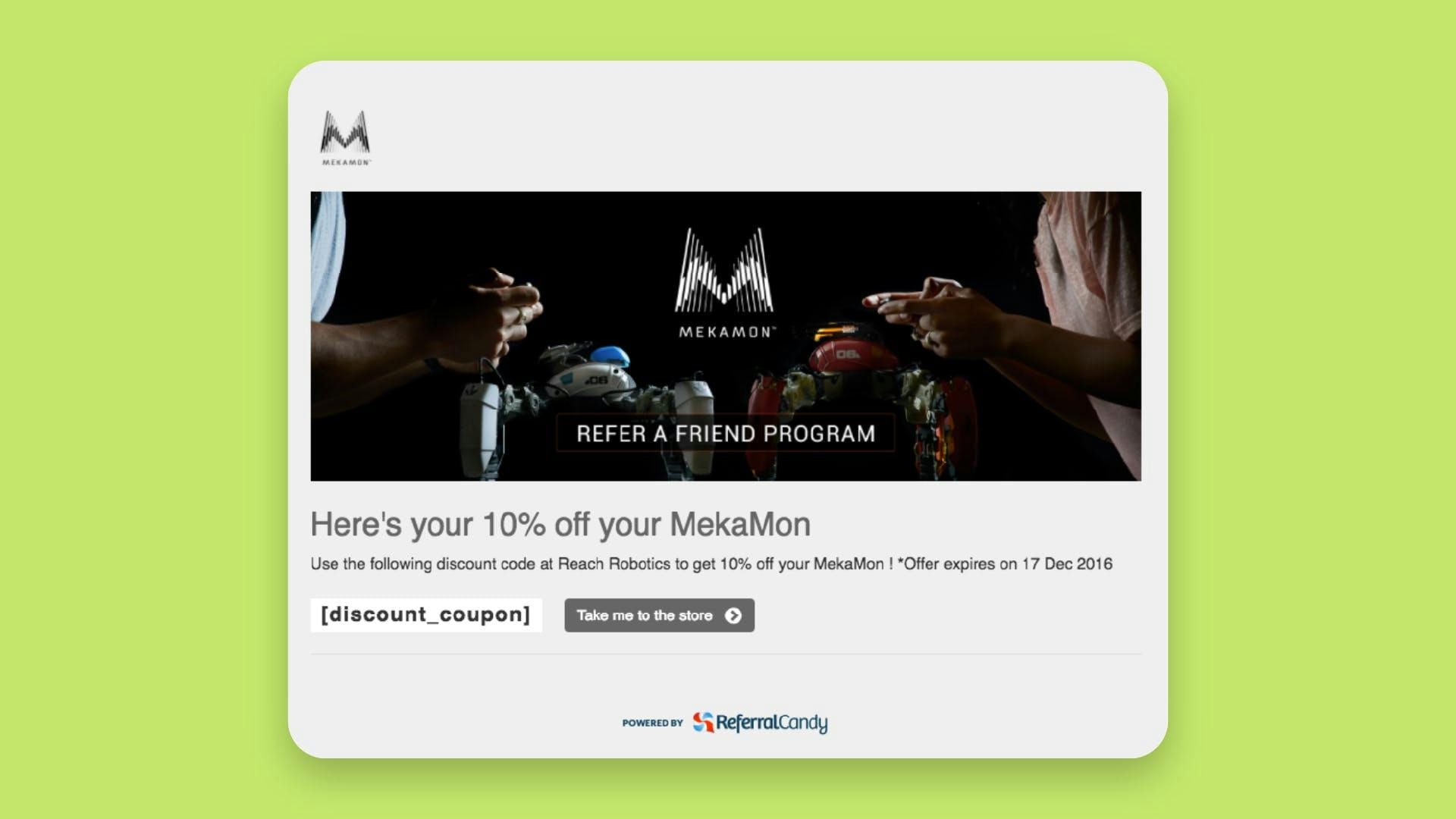
Step №5: Promote your program
After completing the steps mentioned above, your program is almost ready. However, when it comes to referrals, creating a program is just the beginning of the journey. Promotion is what brings you results, so get to it as soon as you can.
To make people participate in your program, you can go different ways, and email is among the easiest one. You may set up a triggered email campaign, sending letters to customers who have just purchased from you. As people say, make hay while the sun shines!
This is how you can approach your prospects. Feel free to use this example.
Hi [you customer’s name],
I hope you’re alright!
Thanks for purchasing from [your company name]. I’m really happy you like our [work/service/product] and keep trusting our solutions.
I wonder if there are any of your [colleagues/friends/other companies] that are in the market for [insert what you’re doing/selling]. I would love to be of help.
You can participate in our referral program by sharing this link with someone who’s interested. Rest assured that you’ll be kindly rewarded with [your incentive – e.g. “a 20% discount for your next purchase”].
Best regards,
[your name]
Get the word out about your program by leveraging the social media potential. Here is what you can post on Facebook, LinkedIn or any other platform that features clickable links:
- Let your friends find out about [your company name]. Refer them here: [add a link to the landing page] and get a bonus. Once they try our product for the first time, you’ll get [insert an incentive – e.g. a money-off coupon, free shipping].
For Instagram, you might write something like the following:
- Are you itching for a way to get [your benefit – e.g. 50% off your next purchase] at [your company name]? It’s never been easier to achieve that! Check the link in the bio to find out how.
- We love our customers. But we have so much love left, so we’re ready to share it with your friends. For that reason, [your company name] offers [a benefit] for those who refer a friend to us. More information by the link in the bio.
Seasonal campaigns are another great way to incentivise people to share referral links with their peers. People expect all sorts of discounts and sales before holidays. So, don’t miss the boat and present generous bonuses to your clients while asking them for referrals.
If your long-term goal is multiple referrals over a long period, customer loyalty tiers are just the ticket. By crafting them, you can stimulate your customers to bring leads regularly. Provide a unique benefit for each tier and promote a customer to the next loyalty level once they bring in a specific number of new buyers. Given loyalty ties a shot, you will motivate people to help you with referrals continuously.
Contests or giveaways are probably the most obvious tool to spread the word about your referral business. You can host a contest for customers who refer a specific number of clients to your business. To get only high-quality leads, make sure to specify the requirements. For example, if a person wants to enter your contest, they should bring in people who have purchased something from you, booked a consultation or whatever you want them to. The point here is to provide enticing incentives and be specific about your “good fit” leads.
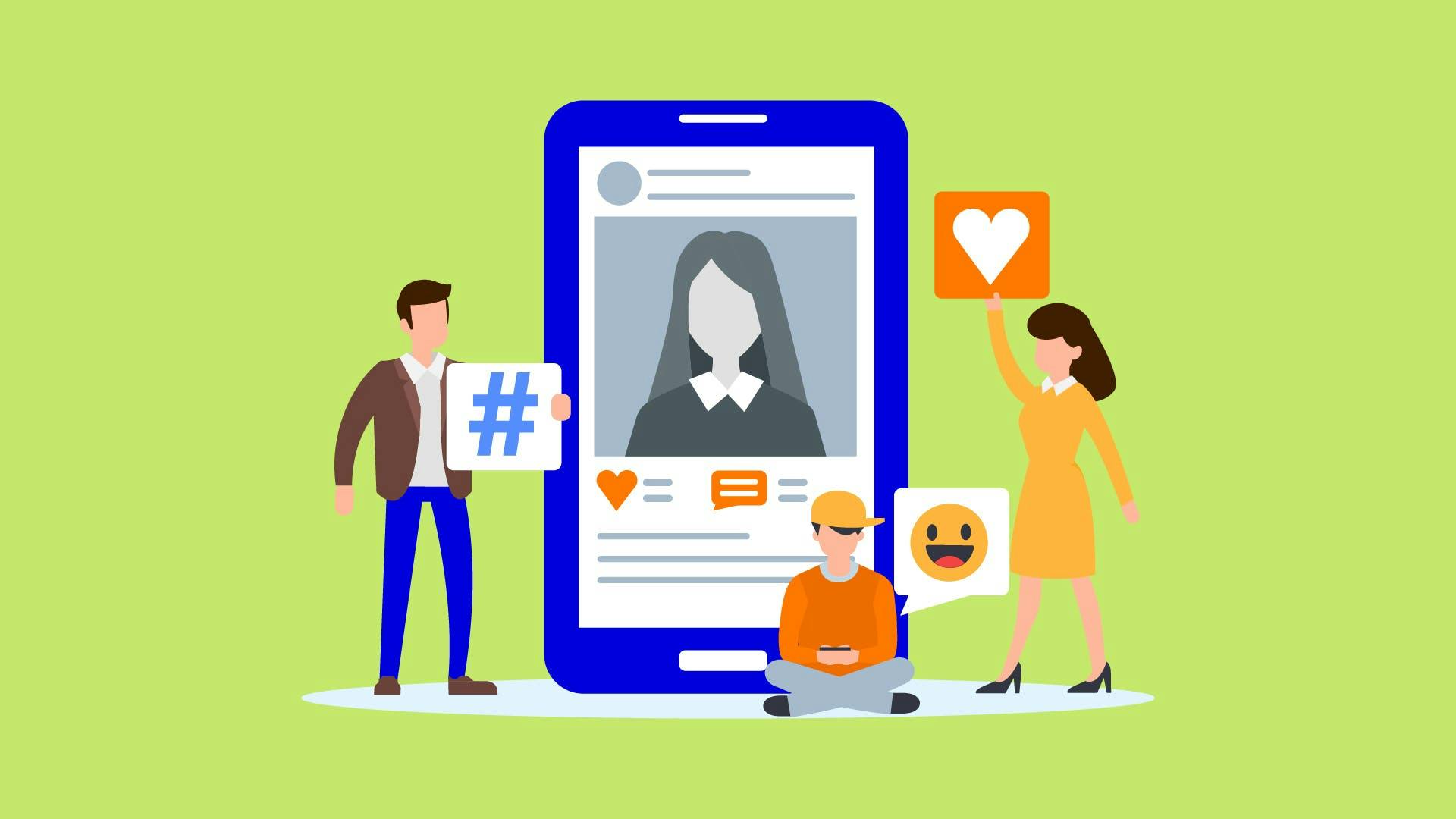
Step №6: Follow up on your referrals ASAP
When dealing with referrals, your reaction means the world. Once your customer recommends your business to their confidants, respond to them right away. Don’t wait a week or a month to get in touch with potential clients but contact them immediately while the trail is still hot.
Remember that the sooner you reach referrals, the more chances you have to close the deal. Here is an email template you’re welcome to use:
Hi [referral],
It’s my pleasure to meet you. I’ve recently worked with [referrer], and we’re both satisfied with a final result. Now I’d love to provide [my services, products] to you, too.
Since you’ve been referred by [referrer], I am happy to inform you that you’ll be granted with [insert a benefit – e.g. free shipping and 20% off your first purchase]!
If you have any questions or doubt whether to use our service or not, we can discuss options by [inset a communication channel – e.g. Google Hangouts, Zoom].
I am looking forward to talking to you!
Kind regards,
[your name]
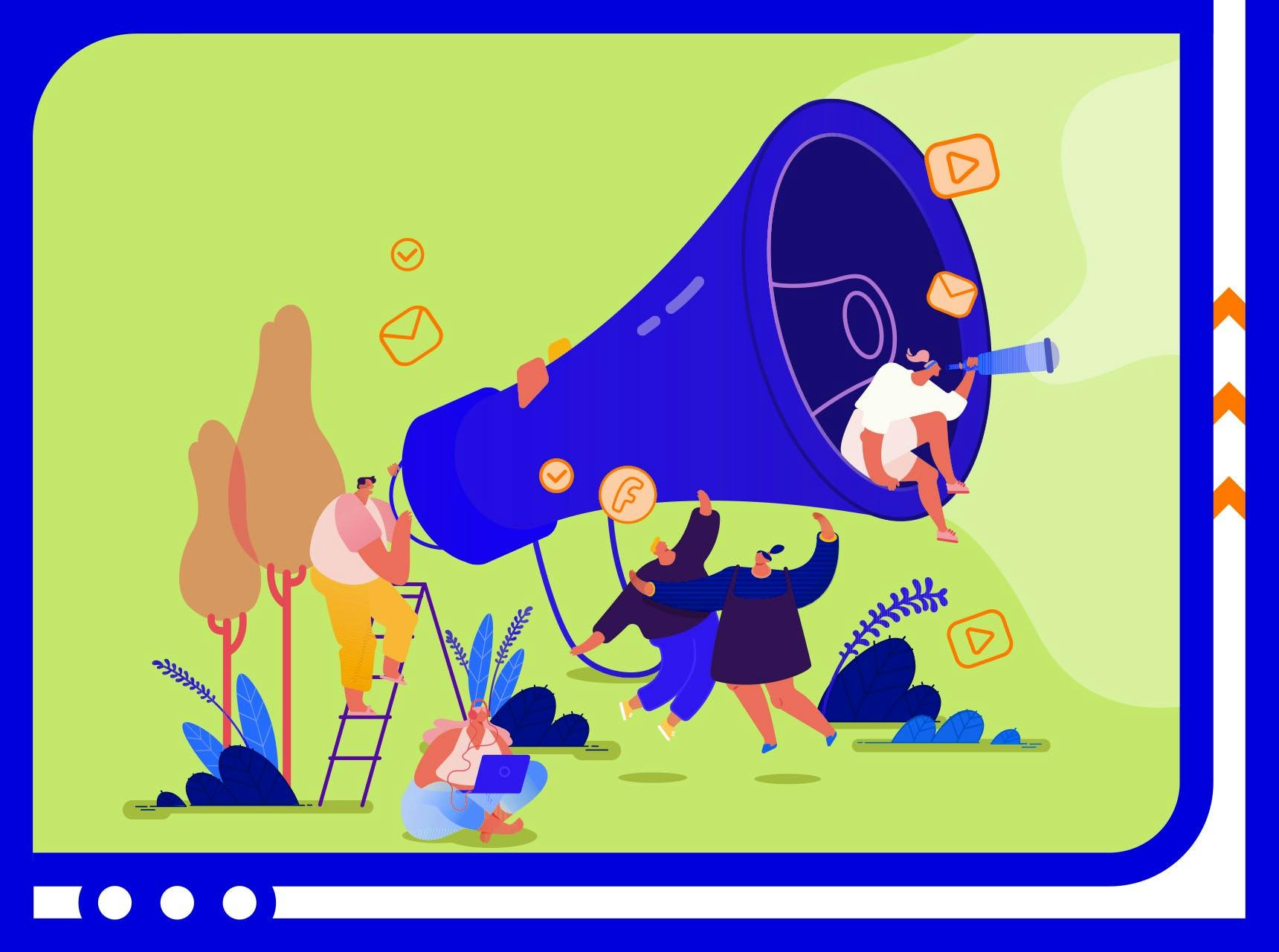


 Most Popular Payment Methods in the World: Analysis by Markets
Most Popular Payment Methods in the World: Analysis by Markets How to Increase Conversions in an Online Store with a Checkout Page
How to Increase Conversions in an Online Store with a Checkout Page How Tranzzo Simplified the Payment Process for Tickets.ua
How Tranzzo Simplified the Payment Process for Tickets.ua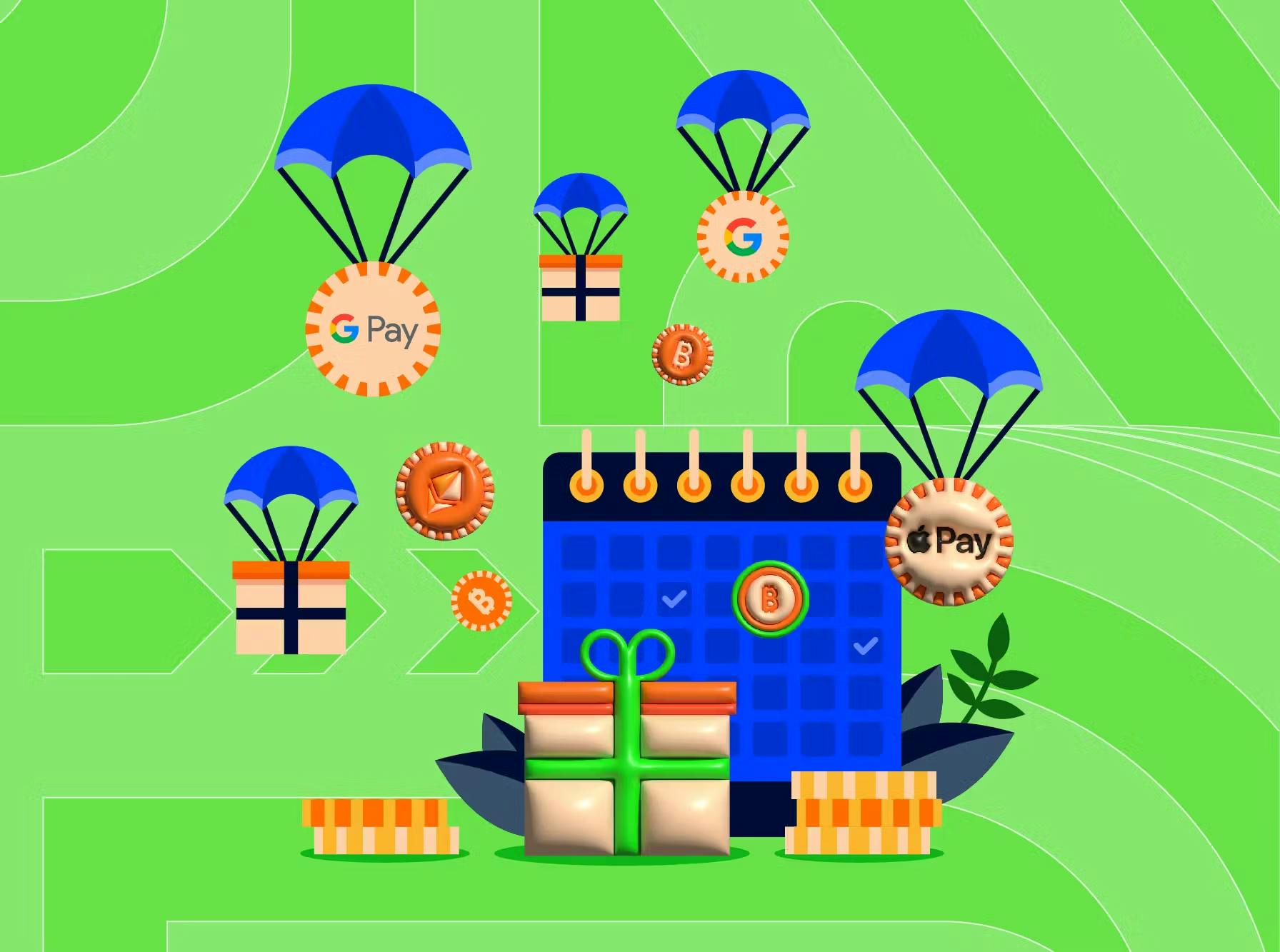 Integrating Multiple Payment Methods: Challenges and Solutions
Integrating Multiple Payment Methods: Challenges and Solutions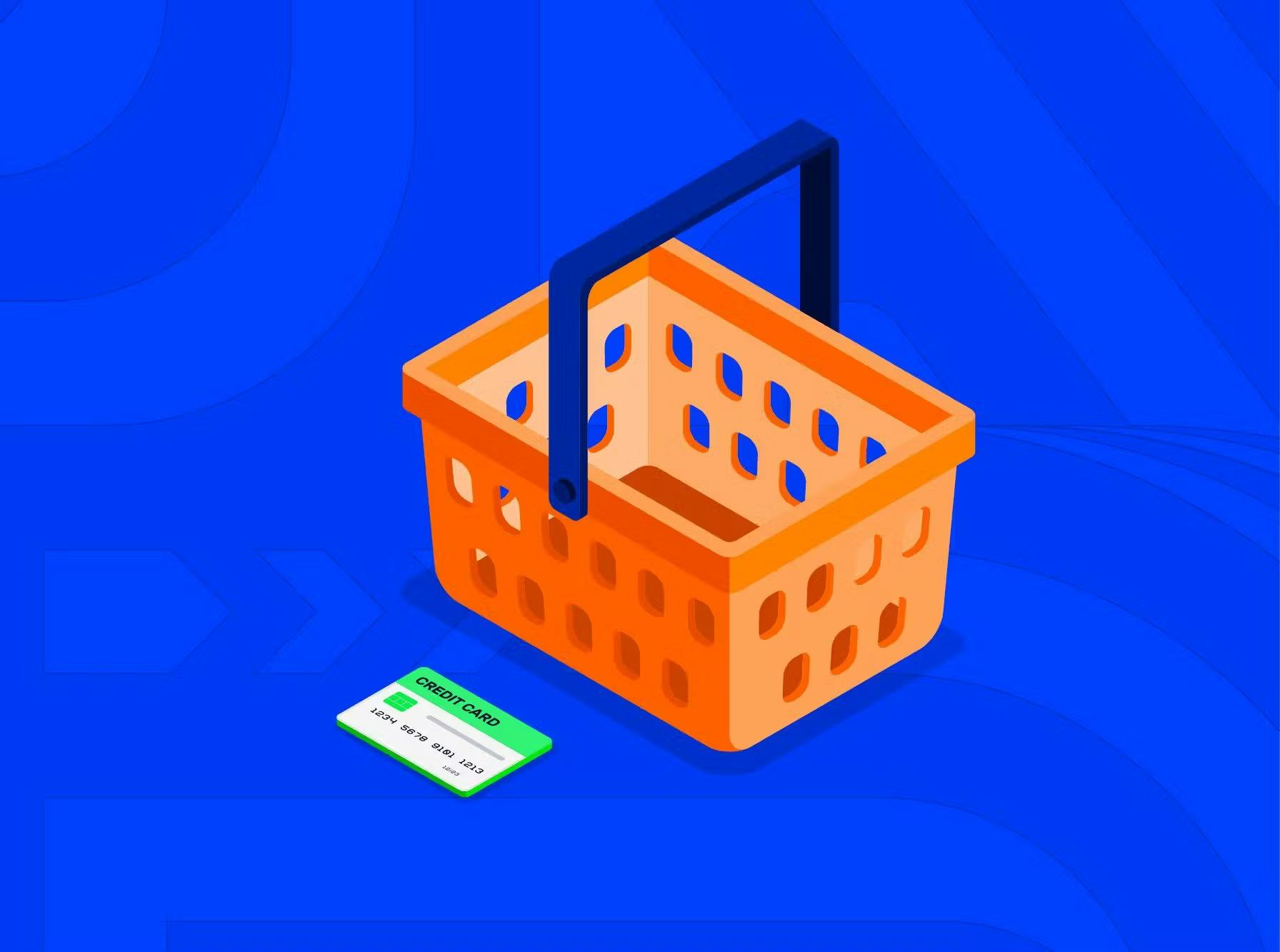 Abandoned Shopping Carts: Why Businesses Lose Revenue and How to Increase the Number of Successful Payments
Abandoned Shopping Carts: Why Businesses Lose Revenue and How to Increase the Number of Successful Payments

